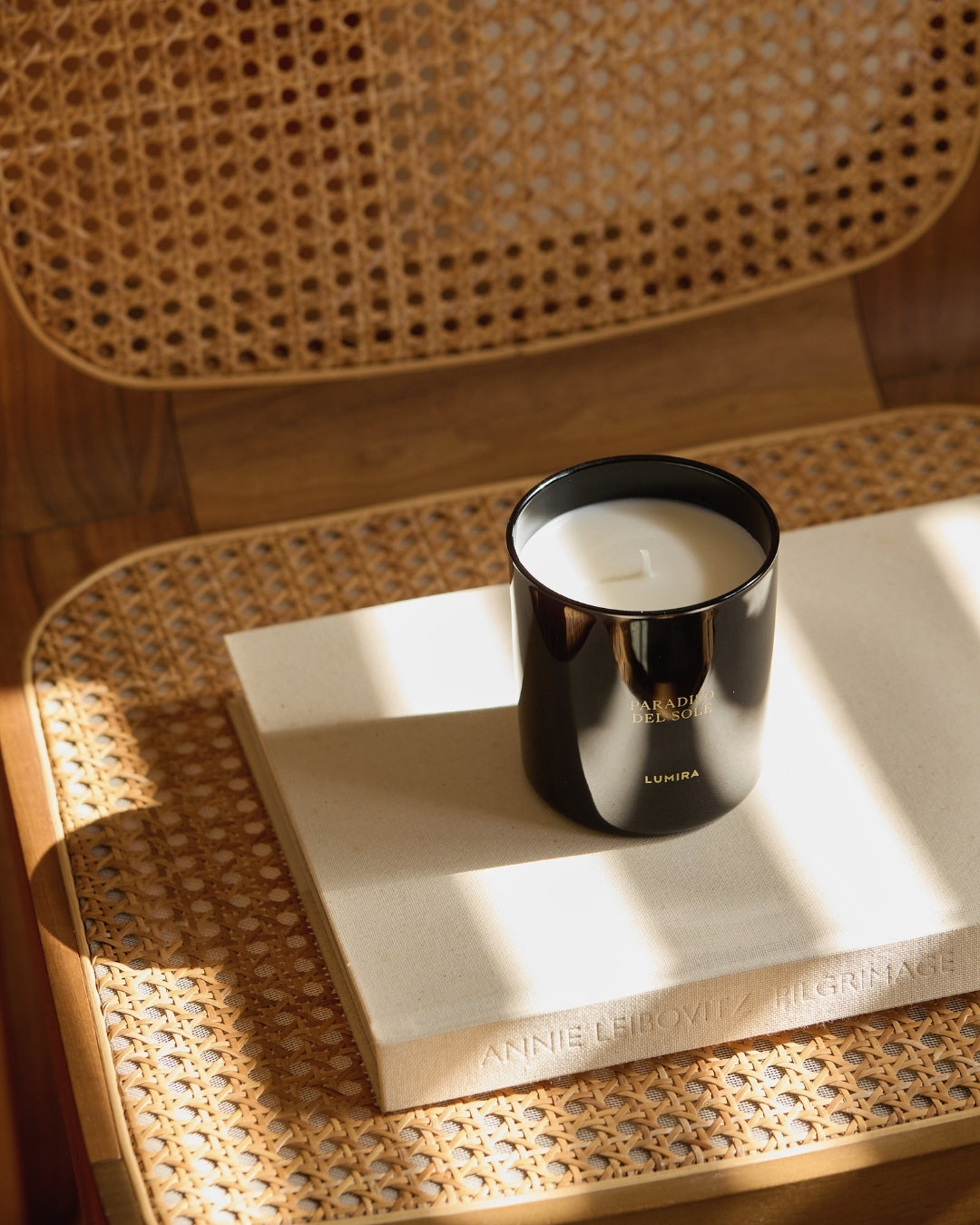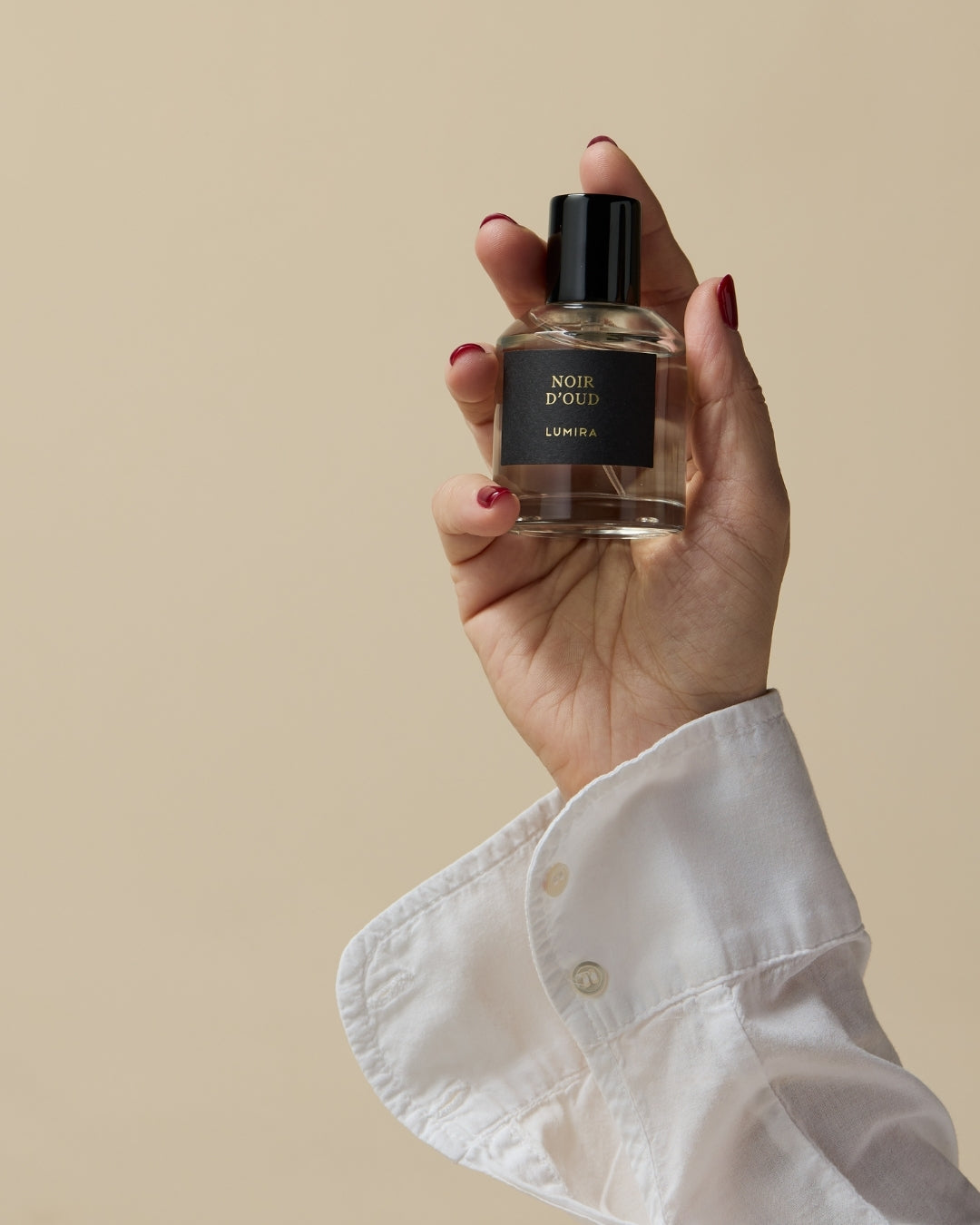Making sense of scent families
The human nose is a finely tuned piece of equipment, capable of detecting more than one trillion distinct odours. It’s an impressive feat but one that can provoke confusion and misunderstanding when attempting to describe a scent. To help refine and distil the billions of possibilities into a useful system, perfumes are generally grouped into four separate fragrance families, each with their own sub-families.
Understanding fragrance families can be a useful way to approach the search for a new scent or when choosing a gift for someone else. If you know that you naturally gravitate towards woody fragrances, or that fresh scents typically evoke a positive response, you have a logical entry point for your next scent experience.
Fresh
True to their name, these scents are typically light, crisp and clean in feeling and have a naturally uplifting effect on the senses. Depending on the notes used, they may contain watery or ozonic elements; have a ‘green’ quality that evokes freshly cut grass; or delight with the unmistakable effervescence of citrus.
Fresh scents include Circe by Cultiver X LUMIRA; Sicilian Citrus; and Soleil du Maroc.
Floral
A floral scent is reminiscent of a bouquet of flowers – and is just as varied as this might suggest. This family spans hypnotic white blossoms and eroticYlang-Ylang; honeyed jasmine and powdery rose. These are feel-good fragrances, but their sweetness often belies the complexity in their creation. Fruity scents – with juicy notes of berries, fig and coconut – also fall under this family.
Floral scents include: Tuscan Fig; Persian Rose; and La Primavera.
Ambery
Ambery scents are known for being rich and exotic, with a heady quality that can be deeply sensual. They typically draw on the earthy and elegant notes of patchouli; milky sandalwood; or resinous oud. An ambery scent may contain a sprinkle of spice – cardamom, say, or saffron – or a hint of sweetness imparted by cinnamon, vanilla or tonka bean.
Ambery scents include: Arabian Oud and No.352 Leather & Cedar.
Woody
Deep and opulent, woody fragrances impart warmth and have a comforting feel that can be deeply nurturing. Notes of vetiver, chypre, leather and moss are typically found in woody scents. Their connection to nature – often wild and unpredictable – can also lend these scents an animalistic and sensual quality.
Woody scents include: Cypres de Provence and Terra Australis.
Written by Michelle Bateman









